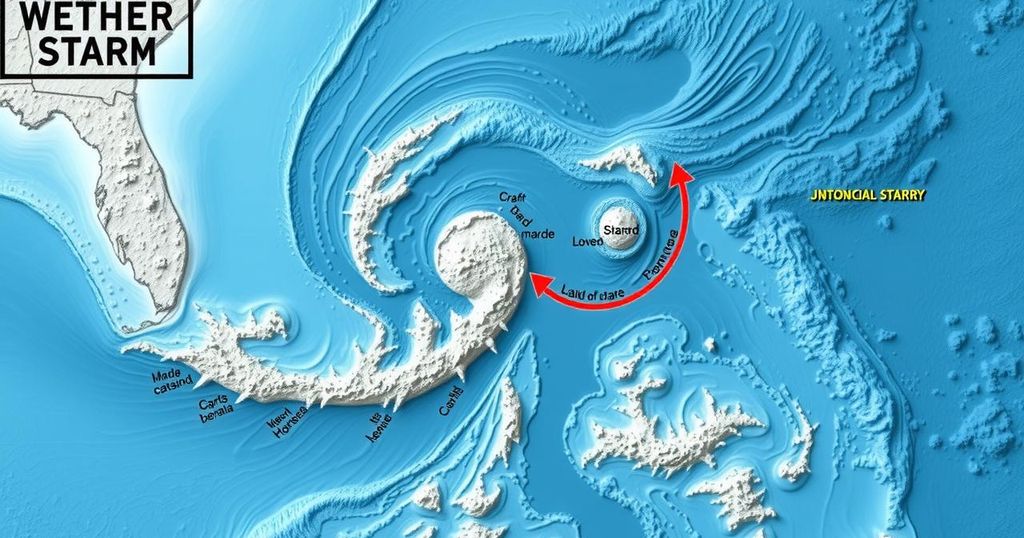Tracking Tropical Cyclone Jude in the Mozambique Channel
Tropical Cyclone Jude has formed in the Mozambique Channel with wind speeds of 63 mph. This cyclone poses risks of flash flooding due to significant rainfall. In the Southern Hemisphere, cyclones are characterized by clockwise rotation and typically occur from late October to May, with the highest activity between late February and early March.
Tropical Cyclone Jude emerged in the Mozambique Channel on Sunday morning, as reported by the Joint Typhoon Warning Center. At that time, the cyclone featured sustained winds recorded at 63 miles per hour, which signifies its potency in the region.
Rainfall associated with the cyclone is expected to cause flash flooding even far from the storm’s center. It is noteworthy that lesser storms can also unleash significant rainfall, leading to inundation in low-lying areas, further contributing to potential hazards.
In the Southern Hemisphere, approximately one-quarter of the world’s tropical cyclones originate. When these storms exhibit sustained winds of 74 miles per hour or more, they are classified as hurricanes in the Atlantic but are referred to as cyclones in this hemisphere. A distinctive feature is that cyclones in the Southern Hemisphere rotate clockwise, contrasting with the counterclockwise movement of hurricanes.
Eastern Africa, particularly Madagascar, alongside the western, northern, and eastern coastal regions of Australia and their adjacent islands are at risk of experiencing cyclones. This season typically runs counter to that of the Northern Hemisphere, beginning in late October and extending through May. The peak periods of cyclone activity usually occur in late February and early March, though this can vary by location.
Tropical Cyclone Jude exemplifies the dynamics of cyclones in the Southern Hemisphere, with its formation accompanied by significant wind speeds and the potential for widespread rainfall-induced flooding. Understanding the characteristics and seasonality of these cyclones is crucial for effective preparedness and response in affected regions. Recognizing the directional rotation of cyclones also helps enhance awareness of these phenomena in contrast to Atlantic hurricanes.
Original Source: www.nytimes.com




Post Comment